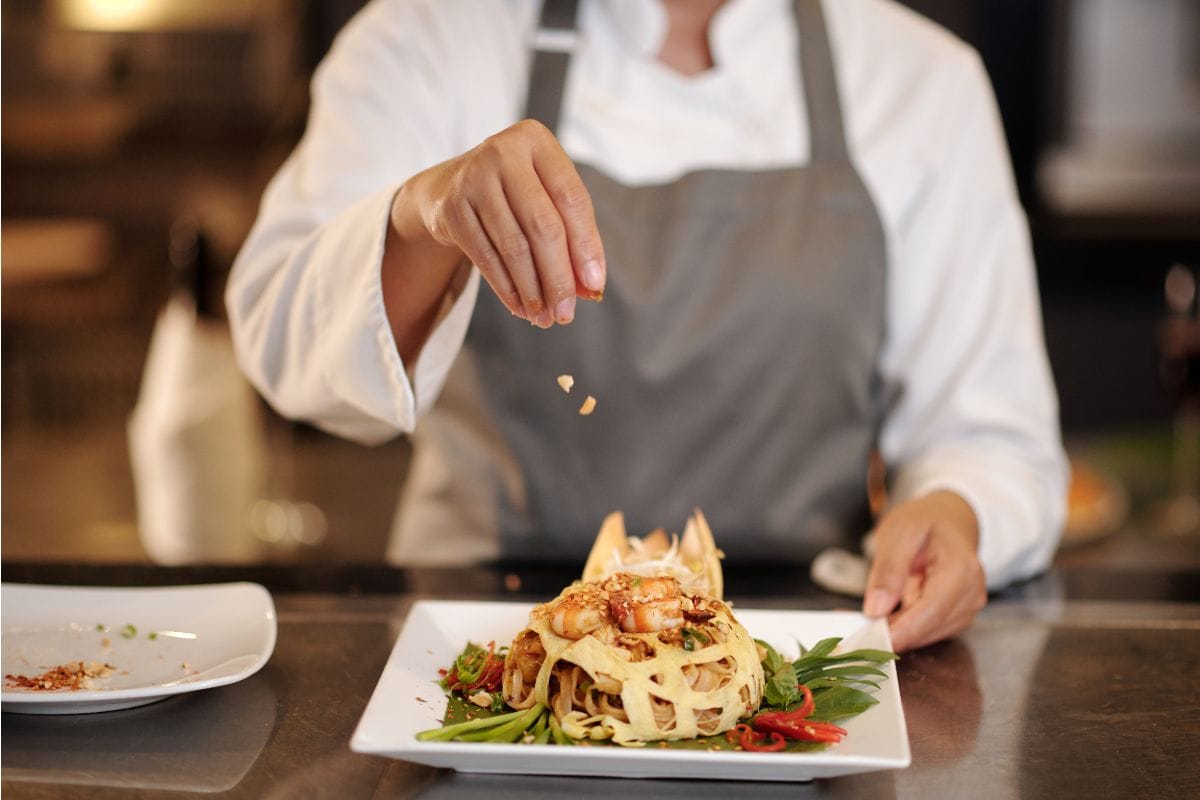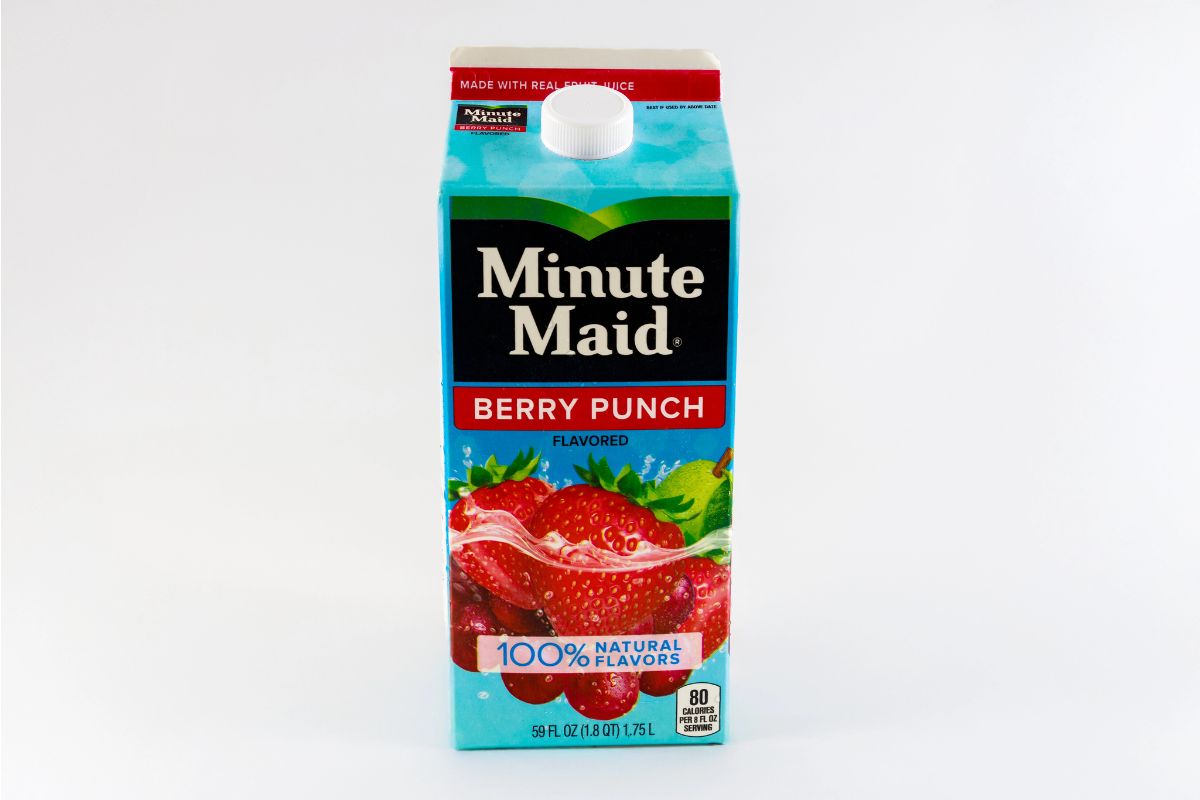This post may contain affiliate links which means I will get a commission if you make a purchase at no additional cost to you. As an Amazon Associate I earn from qualifying purchases. Please read my disclosure for details.
From organic farming to farm-to-table dining, one generation has revolutionized how America eats. Baby boomers, wielding unprecedented spending power and a passion for quality, transformed the nation’s food landscape over the past six decades.
Their quest for fresher, healthier, and more diverse food options didn’t just change what appears on our plates – it fundamentally altered how food is grown, processed, packaged, and served across the country. This influential generation’s food preferences continue to ripple through every aspect of the modern food industry.
Driving the Fresh and Organic Food Movement

WANT TO SAVE THIS RECIPE?
Baby boomers sparked the natural food movement in the early 1960s, rejecting industrialized agriculture in favor of simpler, less processed options. What began as a fringe “back to the earth” philosophy gained momentum through the 1980s environmental movement.
By the 1990s, organic food expanded beyond its countercultural roots. Food producers responded to boomer preferences, leading organic farming to capture 3% of total U.S. food sales by 2012. The generation’s focus on fresh ingredients and natural production methods made organic farming a mainstream alternative to conventional agriculture.
Related Post: 14 Food Industry Secrets That Will Make You Question What You Buy
Popularizing Health-Conscious Eating Habits

Baby boomers made direct connections between food choices and physical well-being, setting new standards for healthy eating. According to NPD Group research, this generation actively seeks foods rich in whole grains, protein, and calcium, with freshness ranking as their top priority.
Their influence extends to portion control and snacking habits. Data shows that 70% of boomers prioritize taste while making health-conscious food selections. This generation’s eating patterns prompted food manufacturers to develop nutritionally balanced options, from smaller portion sizes to protein-enriched products.
Related Post: 8 Everyday Foods Facing Higher Prices Under Trump’s Tariffs
Influencing the Rise of Gourmet and Specialty Food Markets

Baby boomers, representing 26% of the U.S. population, wield substantial spending power that shaped the growth of high-end food markets. Their purchasing habits created new standards for quality ingredients and culinary experiences, as shown by their restaurant spending – averaging 193 meals per year.
Studies indicate boomers’ strong support for local food producers, with 70% willing to pay more for locally sourced ingredients. Their spending patterns and food preferences pushed markets to stock premium products, setting foundations for today’s artisanal food movement and specialty grocers.
Related Post: 15 Sneaky Corporate Tricks That Make You Spend More Without Realizing
Shaping the Convenience Food Industry

Baby boomers changed how Americans eat on-the-go, as shown by their growing preference for takeout and off-premise dining. Senior living communities report strong demand for convenient meal options – one facility serves 85-90 to-go meals daily through its Mediterranean-style kitchen.
The generation’s fast-paced lifestyle pushed food manufacturers to create quick, portable options that maintained quality and taste. Their influence went beyond traditional ready-to-eat meals, leading to innovations in packaging and preparation methods that balanced convenience with nutritional value.
Sign up now to receive our exclusive e-cookbook filled with top-rated recipes for FREE!
Sparking the Farm-to-Table Restaurant Trend

Baby boomers’ emphasis on local food systems changed restaurant dining across America. Research shows 74% of boomers prefer menu items featuring locally sourced ingredients, with 70% willing to pay more for food from regional producers.
This generation’s support for local farmers prompted restaurants to build direct relationships with nearby growers. Their preference for fresh, seasonal ingredients pushed chefs to create menus based on local availability rather than year-round standardization. The practice spread from small independent restaurants to larger establishments, marking a shift in American dining culture.
Related Post: 14 Sneaky Restaurant Pricing Tricks That Make You Overpay
Fueling the Growth of the Dietary Supplement Market

The research presented shows limited direct data about baby boomer’s impact on dietary supplements. However, their focus on wholesome nutrition and quality ingredients suggests they prioritized natural sources of nutrients over processed supplements.
Food industry data indicates boomers preferred high-quality whole foods and ingredients to support their health needs. According to The Hartman Group, this generation believed nourishing their bodies through premium food choices proved more effective than relying on highly processed functional products or supplements.
These preferences shaped how food manufacturers approached nutrition enhancement, encouraging the development of naturally fortified products over synthetic alternatives.
Related Post: 12 Packaged Food Ripoffs That Have Quietly Gotten Worse
Popularizing International Cuisines and Fusion Foods

Baby boomers brought global flavors into American kitchens, expanding the nation’s food preferences beyond traditional fare. Their exposure to varied ingredients and cooking methods led restaurants to incorporate international elements into their menus.
Chefs responded to boomer interests by creating dishes that mixed cultural influences. Examples include seared tuna with papaya slaw and miso aioli, and ginger-infused broiled salmon served with black quinoa salad. These combinations reflected the generation’s openness to culinary experimentation.
Their acceptance of diverse food traditions made previously exotic ingredients common in American households, setting the stage for today’s multicultural food scene.
Related Post: 10 Grocery Shopping Habits Older Generations Had That Made Life Simpler
Influencing Portion Sizes and Packaging

Baby boomers’ changing dietary preferences led food manufacturers to rethink portion sizes and packaging designs. Their desire for smaller servings prompted companies to create single-serving options and reduced portions, particularly in prepared meals and snack categories.
Food service operators responded by offering balanced appetizers and small plates to meet boomer demand. This shift affected both restaurant menus and retail products, with manufacturers adapting package sizes for households with fewer members.
The focus on portion control influenced how products appeared on store shelves, with many companies introducing resealable containers and multi-pack options that allowed for controlled serving sizes.
Sign up now to receive our exclusive e-cookbook filled with top-rated recipes for FREE!
Driving the Development of Functional Foods and Beverages

Baby boomers shaped food product development through their preference for natural nutrition over processed alternatives. The Hartman Group reports this generation believed quality ingredients better supported their health than artificially enhanced foods. Their buying habits pushed manufacturers to create products with inherent nutritional benefits rather than added synthetic compounds.
This influenced how companies approached food fortification, leading them to focus on naturally occurring nutrients and simple ingredient lists. Boomers’ skepticism of heavily modified foods prompted the industry to prioritize minimal processing while maintaining nutritional value.
Related Post: 15 Brilliant Recipes That Use Pantry Staples You Already Have
The Lasting Legacy of Boomer Food Preferences

Baby boomers’ impact on America’s food industry extends far beyond their purchasing power. Their demand for quality, freshness, and nutritional value has permanently altered how food businesses operate, from farm operations to restaurant kitchens.
As younger generations inherit these transformed food systems, the boomer legacy lives on through sustainable farming practices, health-conscious product development, and diverse culinary offerings.
Their influence has created a more sophisticated, nutrition-focused food culture that continues to evolve with changing consumer preferences.
Sources:
- Generational Trends: Boomers’ Expectations of Food and Beverage
- Reclaiming the Roots of Organic Farming – John Ikerd
- Baby Boomers Food Preferences – GFS
- Is Organic Food Really Better for the Environment?
- How baby boomers keep changing foodservice
- Baby Boomers & Gen Z Find Common Ground With Food Experiences
Disclaimer: This list is solely the author’s opinion based on research and publicly available information.
8 Everyday Foods Facing Higher Prices Under Trump’s Tariffs

President Trump’s recent tariffs on imports from Mexico, Canada, and China have significantly impacted the prices of many everyday grocery products. With a 25% tariff on Mexican and Canadian imports and a 20% tariff on Chinese goods, many household staples are becoming more expensive.
Read it here: 8 Everyday Foods Facing Higher Prices Under Trump’s Tariffs
13 Worst Grocery Store Tricks Designed to Mislead Store Shoppers

Ever walked into a grocery store for just a few essentials, only to leave with a cart full of things you didn’t plan to buy? It’s not your lack of willpower—it’s by design!
Read it here: 13 Worst Grocery Store Tricks Designed to Mislead Store Shoppers
10 Old-School Restaurant Chains That Barely Exist Now

America has seen its fair share of beloved restaurant chains come and go. While some nostalgic favorites have completely disappeared, others are hanging on by a thread, with only a handful of locations left. These restaurants once thrived, serving up classic American comfort food, burgers, and shakes to generations of diners.
Read it here: 10 Old-School Restaurant Chains That Barely Exist Now
11 Expensive Grocery Items That Are Cheaper in a Different Aisle

Grocery stores are designed to make you spend more than necessary, often by placing similar products in different aisles with dramatically different price tags. Many shoppers unknowingly pay premium prices for items that can be found cheaper just a few shelves away. By knowing where to look, you can save big on everyday essentials.
Read it here: 11 Expensive Grocery Items That Are Cheaper in a Different Aisle
You’ll love these related posts:
